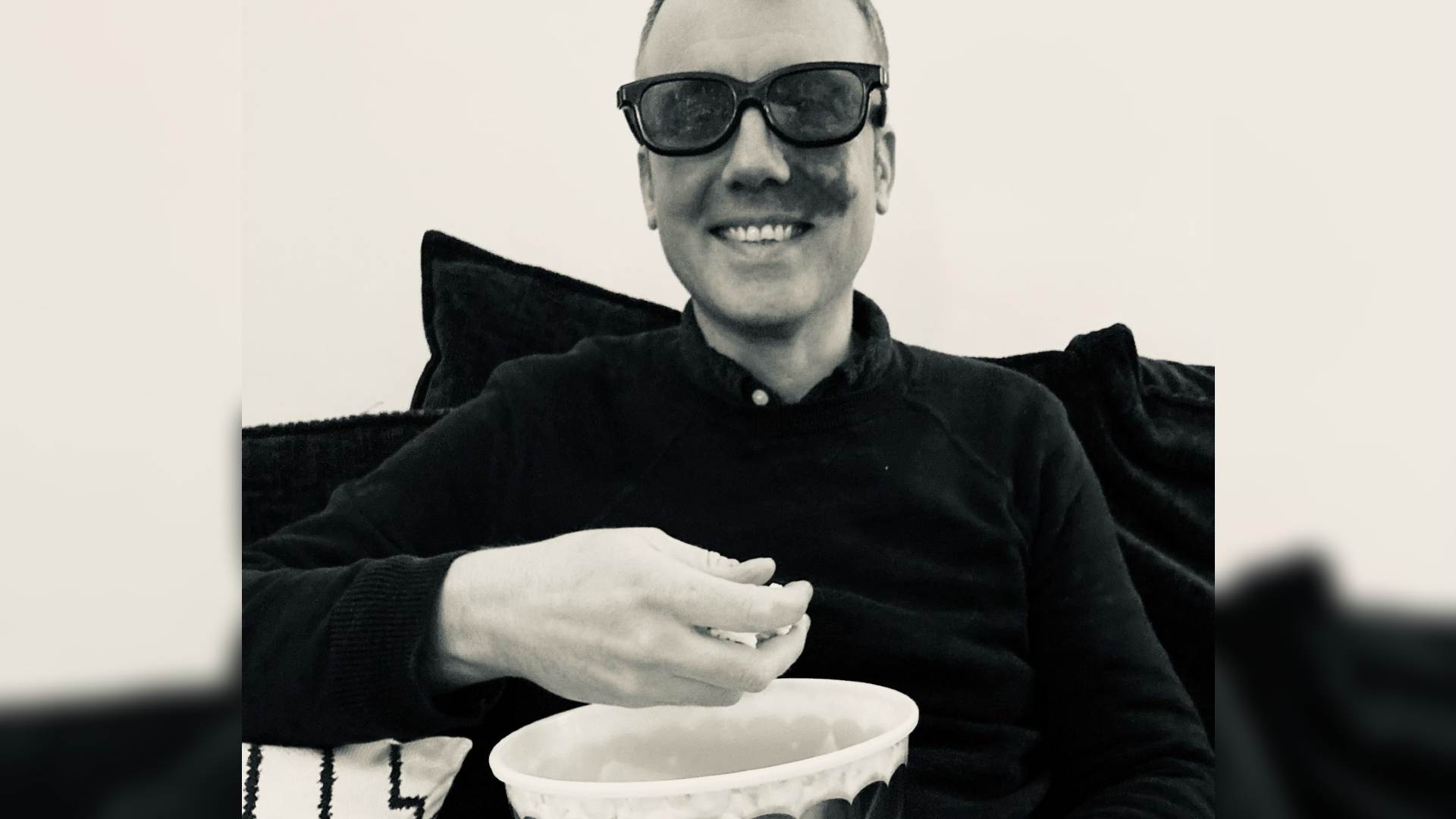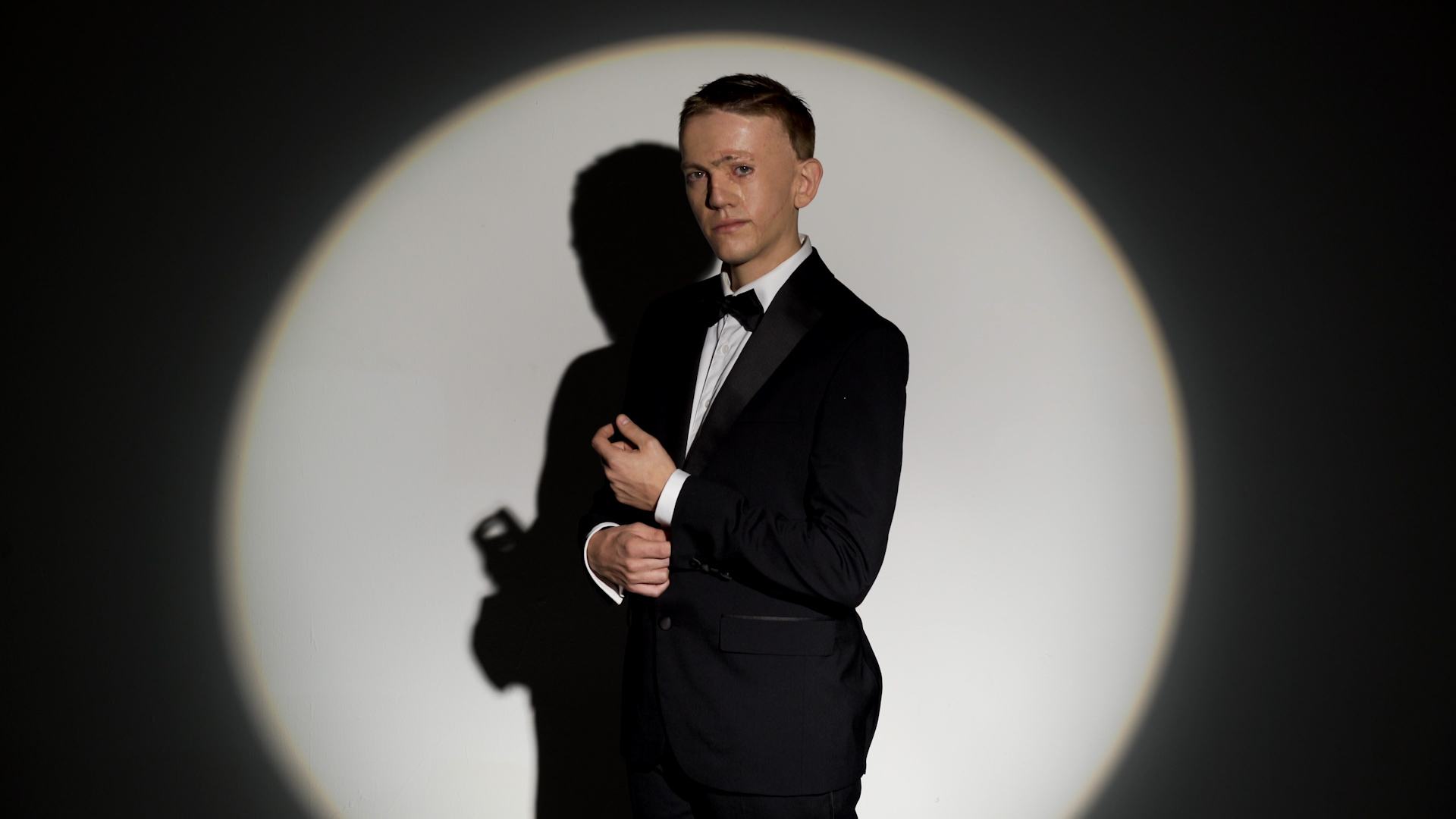At Halloween, fabricated visible differences take centre stage, and negative associations between visible differences and villainy have the potential to be reinforced. While others excitedly daub themselves with fake blood and create artificial scars in anticipation of going Trick or Treating or to a Halloween party, people with visible differences may be filled with dread at the prospect of this yearly celebration of visibly different monsters, bogeymen, and villains.
As the recent public perceptions survey by Changing Faces demonstrates, cinematic representations of visible difference have a tangible impact on how we view those who live with them. Nearly a quarter (24.9%) of respondents reported that they’d seen a character with a visible difference represented as a villain on TV or film. In contrast, only 15.5% had seen a hero with a visible difference on screen. Such stereotyping clearly influences what people consider to be scary and therefore what they dress up as for Halloween.
I have a birthmark on the left side of my face, a nevus flammeus more commonly known as a “port wine stain”. As a kid I remember worrying over questions like “What if someone thinks my birthmark is part of my costume?” and “What if I get complimented for the authenticity of my make up?” One Halloween I toyed with the idea of ironically appropriating a “Phantom of the Opera” mask to cover my birthmark, but on reflection the gesture didn’t sit right with me. For the sake of a private joke, I realised I’d be publicly reasserting the false correlation between evil and disfigurement.
Whether the visible difference precedes the crime or is a punishment for it, the cinematic correlation between criminality and disfigurement remains.
While I’m lucky to have only limited experience of invasive comments and stares, I have received remarks that reflect the impact of internalised cinematic tropes. Aged 16, for example, I took a holiday job as a cleaner at my local hospital. It was my first experience of work and minutes into my first shift one of my co-workers made the sign of a cross with their fingers at me as we passed each other in a corridor, as though warding off evil.
As my experience shows, horror films such as The Omen (1976), whose protagonist Damien is born with a birthmark on his scalp marking him out as the Antichrist, undoubtedly reinforce associations between visible differences and wrongdoing or tragic unfulfillment. Similarly, other Changing Faces campaigners and ambassadors have reported being mockingly compared to characters such as “Joker” or “Freddie Krueger”.
Tragic associations between outward disfigurement and inner monstrosity were established in the silent era of filmmaking. Examples of silent movies that incorporate this troubling association are:
- The Hunchback of Notre Dame (1923) – While Esmerelda eventually comes to recognise hunchback Quasimodo’s good heart, the acts of violence he undertakes at the command of others suggests he is naïve and easily manipulated. His love remains unrequited, and he eventually dies of starvation while holding Esmerelda’s corpse.
- The Phantom of the Opera (1925) – The Phantom Erik seeks revenge on his love, Christine, after she removes his mask and exposes his skull-like appearance, imprisoning her lover Raoul within his torture chamber. While Erik ultimately has a change of heart and releases Raoul, the Parisian mob aren’t inclined to show mercy, beating him to death and throwing his body into the Seine.
In the silent era of horror movies, being visibly different meant being tragically unfulfilled, an object of pity and revulsion and, often, coming to a gory end.
Yet well beyond the silent era, the idea that visible differences necessarily result in destructive resentment retains a powerful hold over our shared cultural imagination. Think of the origin stories of every single bond villain: the scars, burns, birthmarks and amputations that operate as shorthand for their sociopathy.
We yearn for character arcs where visible differences aren’t the be all and end all of character development.
Elsewhere in horror, the acquisition of a visible difference may signify a fitting punishment for an abhorrent crime, justice for villainy, an eye for an eye. For example, Freddy Krueger in Wes Craven’s A Nightmare on Elm Street (1984), whose signature burns reflect his death in a fire at the hands of his victims’ vigilante parents. Or the 1988 evolution of the Joker’s origin story by Alan Moore in Batman: the Killing Joke, in which Batman provokes the terrified comedian into jumping into a vat of chemicals which dye his skin chalk-white, his hair green, and his lips bright red. Here disfigurement, combined with the trauma of his wife’s earlier accidental death, drives him insane, resulting in the arch-villain Joker.
Whether the visible difference precedes the crime or is a punishment for it, the cinematic correlation between criminality and disfigurement remains. So, what is the solution? How do we counter these deeply ingrained narratives that feed societal prejudices? I would like to offer two very simple and interrelated suggestions:
- More positive portrayals of visible differences on screen, providing role models for our children to aspire to.
- More neutral and normalising cinematic representations of those with visible differences to counter negative clichés.
We yearn for character arcs where visible differences aren’t the be all and end all of character development. It’s vital we have nuanced depictions of visibly different characters: individuals who don’t have to heroically “overcome” the obstacles posed by their difference to be socially accepted but who are valued for themselves as they are. Ultimately, we need screenwriters and directors to represent those who simply live with their differences but who don’t let these define the possibilities of who they choose to be.
Media representation must improve, so that Halloween no longer fills the visible difference community with dread for all the wrong reasons.

